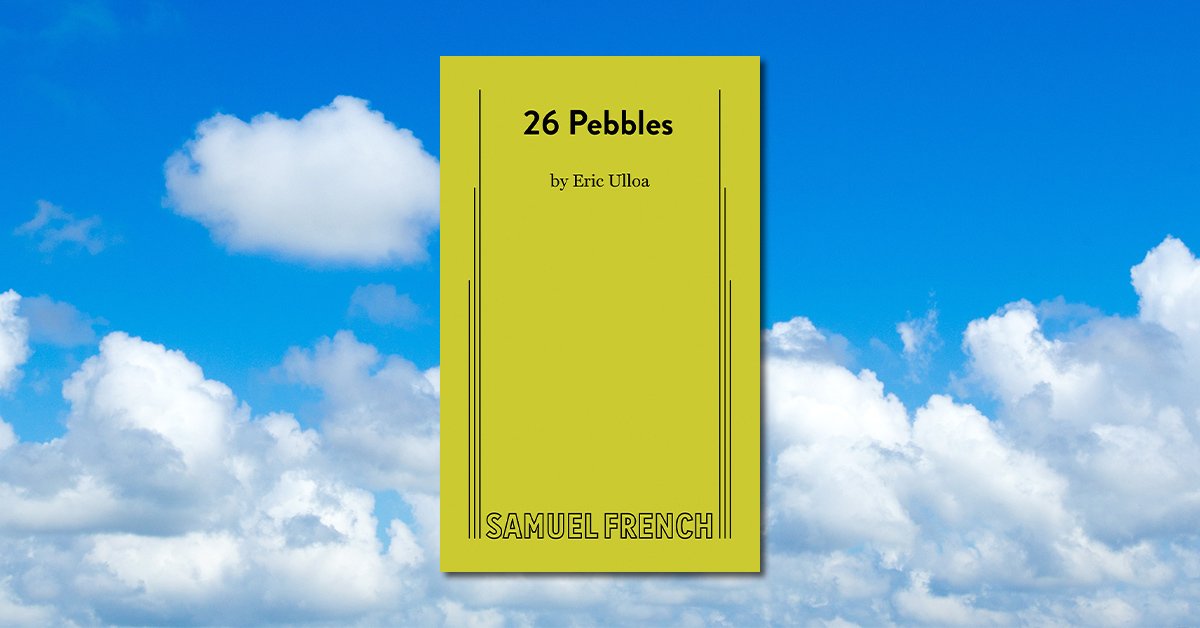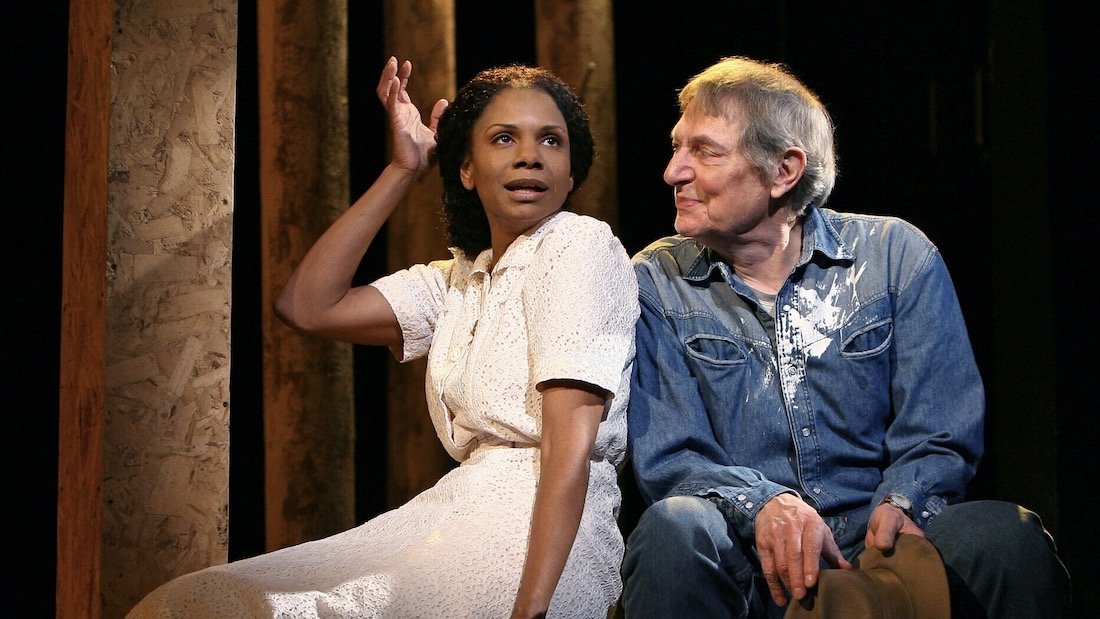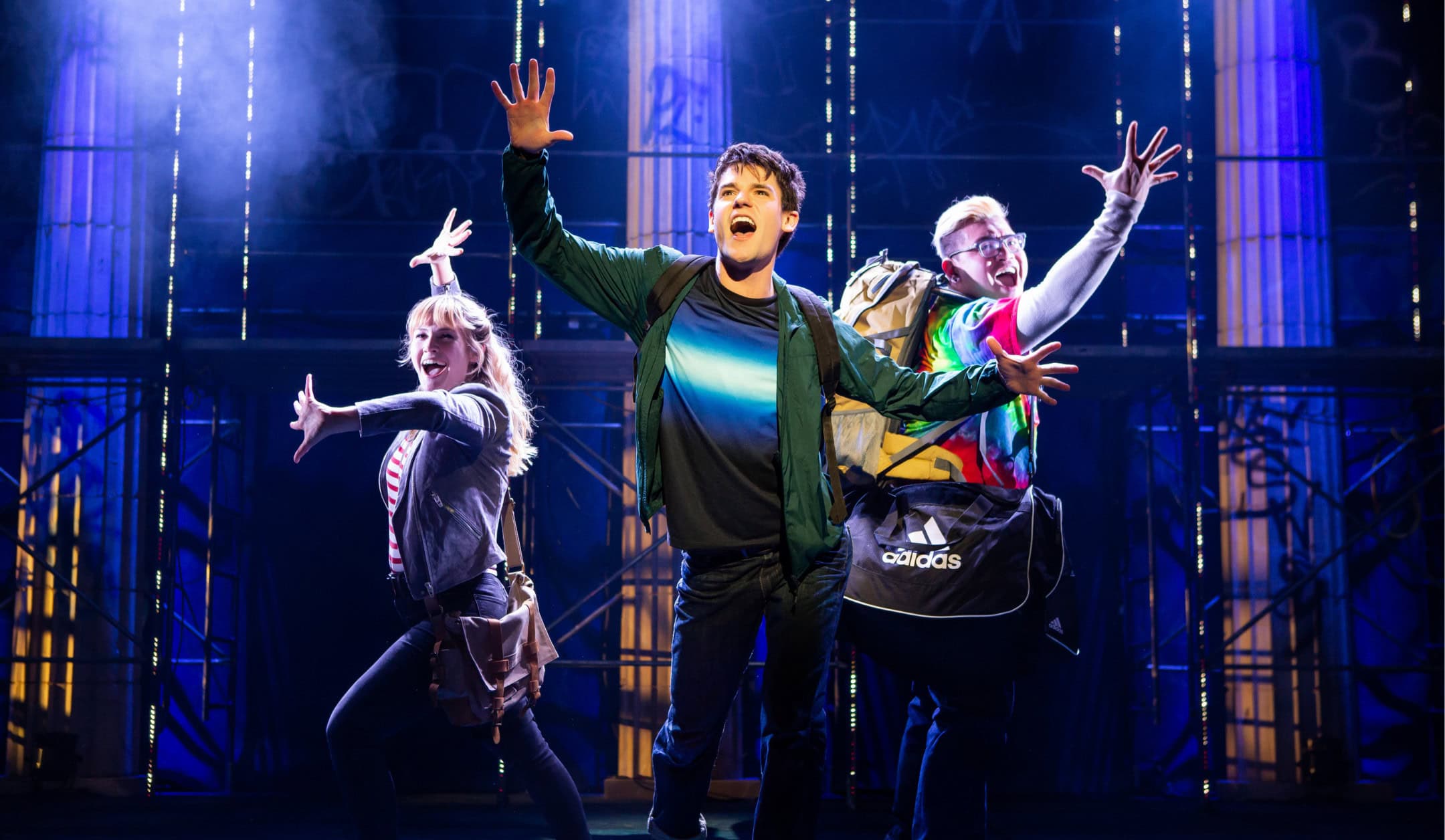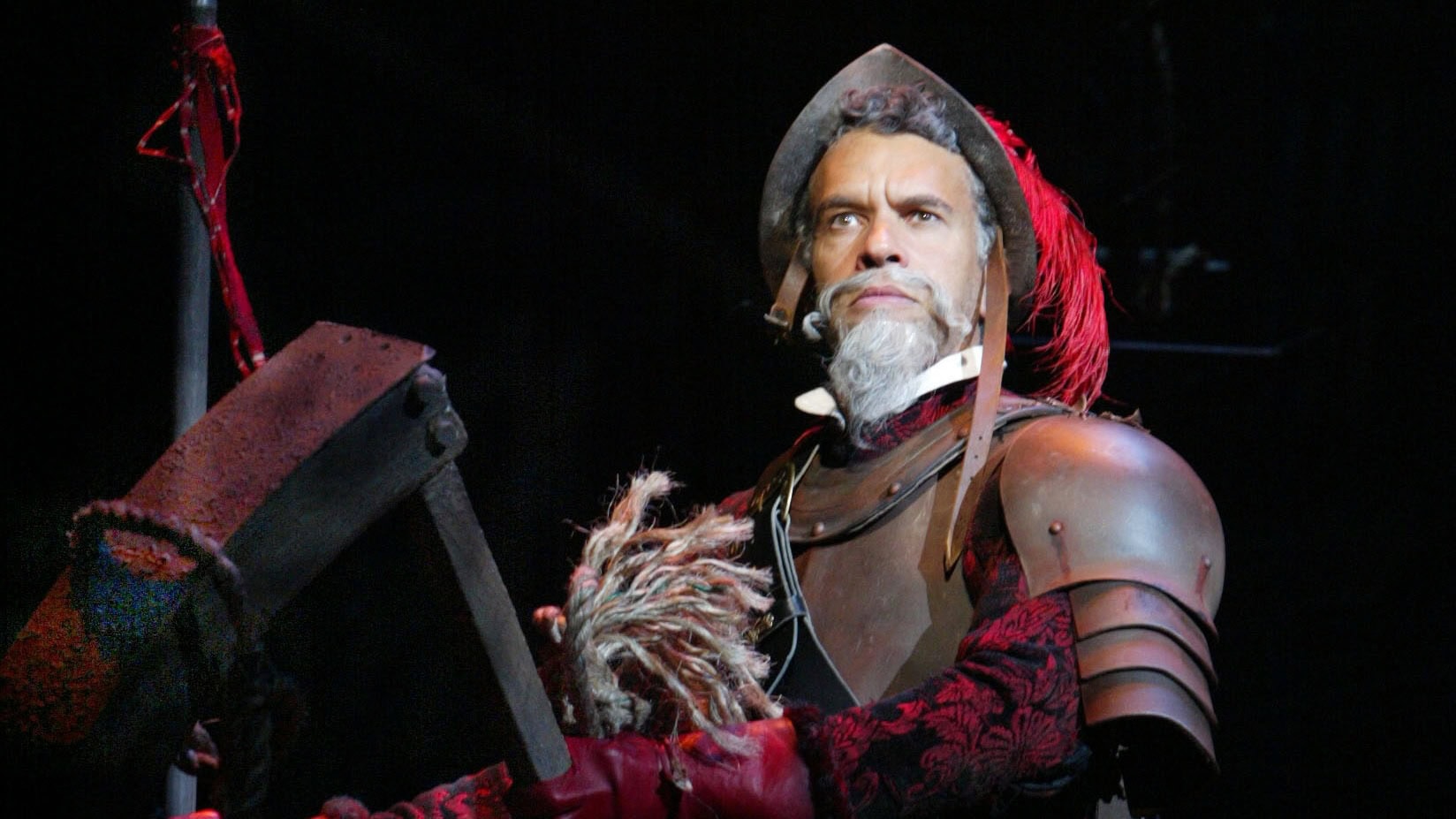
26 Pebbles (US/UK), playwright Eric Ulloa’s powerful response to the 2012 shootings at Sandy Hook Elementary School in Newtown, Connecticut, is a riveting and heartbreaking docudrama exploring one community’s reaction to horrific tragedy. Moved to respond to the events of December 14, 2012, Ulloa conducted interviews with members of the Newtown community and crafted them into a thoughtful and personal exploration of violence, loss, hope and humanity. The play made its world premiere at the Human Race Theatre in Dayton, Ohio in February 2017. Five years later, we caught up with Ulloa to discuss the play’s genesis, impact and legacy.
…
THE GENESIS
How did you first hear about the tragedy in Newtown?
I first heard about the tragedy on the news as I was headed out to bartend a company’s holiday party. I remember the details were still vague on how many had died and then I (along with the rest of the world) watched via updates on my phone as the story grew impossibly horrific in scope.
In your introduction to the printed script, you write about the moment when you realized you needed to write this play. Can you briefly recount that moment for us?
Well, in the spirit of not being redundant (enjoy the play’s forward, dear readers), I’ll keep it simple. I was tired of standing on the sidelines and being helpless. I thought, “If my art can help even one person, well, wouldn’t that be the reason to want to continue to make it?”
You were at that time, and continue to be, a busy working actor. Had you ever written a play before? And how do you balance your dual careers as writer and performer?
I had never written a play before, but I had just written the book to a new musical with my friend Caleb Damschroder, so I was armed with the naive confidence that comes with being a 29-year-old with no idea of what the hell they’re doing. (Laughs) As far as balance, you just kind of have to figure it out moment for moment. I had just made my Broadway debut, performing in the Original Broadway Cast of On Your Feet! and wouldn’t you know it, that’s when the play was also picked up for its world premiere. In fact, I left my Broadway show for a while to oversee the rollout of the play via its world premiere and the first collegiate production.
You have credited Moises Kaufman for his influence and guidance as you created 26 Pebbles. How did his work (on The Laramie Project, in particular) influence you?
Moises! My wonderful Moises! Or as we’ve grown to call one another, “Querido.” This was actually the beginning of a friendship that now spans nine years. I was introduced to him via a friend, and Moises opened his doors to me at Tectonic, sitting with me to answer any and all questions I had. It was essential time, that gave me the confidence to just go do it. We actually just had a beautiful summer together, as I was in his cast of Seven Deadly Sins and we got to usher live theatre back to NYC after the height of this pandemic.
I understand you interviewed over 60 people, yet the play presents 19 characters performed by as few as six actors. How did you whittle all that material into a digestible 90-minute play?
I want to start by saying that those 60 interviews were and will always be cherished by me. The vulnerability and honesty that these strangers offered me with their beautiful truths shaped every bit of the play, whether they ended up a character or not. As for the shaping and cutting, it all really came down to which interviews “spoke” with one another. I knew I was not changing any words and that it would be verbatim. I knew that I certainly didn’t want 90 minutes of monologues. So, from there, I just thought, “Who feels like they’d be in this room talking to one another?”
The people of Newtown were understandably reticent to share their stories with a stranger; one even emailed you saying, “Please don’t come to our town.” Yet dozens of people ultimately opened their hearts to you, sharing personal and painful stories. Why do you think that was? What was unique about your approach to this difficult situation that made people feel safe enough to talk so openly?
That’s a really great question that I have no clue how to answer. (Laughs) The people I met would probably be best in answering it. I personally think that I just filled a necessary need that we humans have. A need to get things off our chest. And when a whole community is dealing with this massive and painful tragedy, I (along with a few friends that helped on my first few days) just happened to be those outsiders that arrived at a moment when they were ready to let some stuff off their chest.
The play’s title is simple, powerful and beautiful. How did you discover it?
You know what’s funny? I always have the title to my pieces before I even have the piece written. This one happened with Yoli (who’s a character in the play) who noticed the small pebbles I was tossing into the pond in her front yard. She pointed at them and said, “See? That’s it. That’s what happened here. Now imagine 26 pebbles hitting a pond and what those ripples do to the entire pond.”
THE FIRST PRODUCTION
26 Pebbles made its world premiere at the Human Race Theatre in Dayton, Ohio in February 2017. How did that production come to be?
Artistic Director Kevin Moore, the hero of the story, reached out and asked me if I would share the play with him and the rest is history. I owe everything to that man, the Human Race Theatre Company and that cast, crew and creatives.
How much did the content change as you, Moore and director Igor Goldin workshopped the play?
Let me start by saying that Igor Goldin is not only one of the best directors I’ve ever had the pleasure of working with, but he’s one of my muses. He’s directed three of my works, because he has that rare, magical skill of knowing exactly how to shape and polish a new piece, while also being massively respectful. Perfect example: We were about to hit tech and there was a whole page of the play that was just boring, to be honest, and I knew it was time to make the cut. When I approached Igor, he opened his script and already had a big X across the page in pencil from the first week of rehearsal but allowed for me (via the process) to arrive at it.
You just don’t get better than him.
Did that early audience feedback lead to changes in the play’s content?
I’m a huge observer of my audience as a writer during previews and will more than often watch the audience over the play itself to
see what needs to be done. You can get so much information from body language. Are they sitting forward? Are they leaning back? Are they shifting in their seats? When did they look at their watch? That kind of stuff is so valuable. I ended up cutting an entire character thanks to it, as there used to be 20, but one just wasn’t serving the narrative.
You met these real people and transcribed their actual words into a play. How did the actors feel about portraying living people?
Igor and I were very clear to the actors about what we wanted from the start. Grab the essence of these people from the words they offered and run with it. The last thing I wanted or ever want from any company of actors, is a recreation of these people. How boring would that be? What makes it all worthy of a stage is that actors are taking real text and dramatizing it before our eyes via themselves and their experiences. I wouldn’t dare rob an audience of that magic.
THE CONTENT
Can you describe this play in a single word?
Community. It’s the only way we survive the time we have on this Earth. No one does it alone.
26 Pebbles does not overtly endorse any political response to gun control or other legislative issues. Was this a deliberate choice?
Absolutely. And there are people that don’t like that and think I should have made it more political. I’m just not that writer, though. I hate being in an audience and being preached to for 90 minutes. Tell me a story, introduce me to people I care about and allow me to make up my mind about what I do with the messages presented to me. The audience is a character and writers should respect that… how audiences digest the play is how the play really ends, long after they’ve left the theatre.
The play incorporates the use of chalkboards as part of the storytelling. Why did you make that choice?
I love approaching theatre with the mindset of “What’s the least amount of stuff I need to tell this story?” With Pebbles, it was a set of chalkboards and six chairs. The chalkboards serve as a tool in the lessons this town has to learn as they make their way through the tragedy and aftermath, and they also serve as a constant reminder that kids are dying in massive numbers in schools every year and perhaps we should finally fix this disgusting stain on our country.
Also, the economics of it being so cheap allow this play to be done anywhere, which is most important, so that these messages reach far and wide without cost being an issue.
There are so many wonderful people represented as characters in this play, from spiritual leaders like Rabbi Praver and Father Weiss to colorful originals like angel readers Starr and Jeriann to loving parents like Jenn, Michael, Georgia and Darren. Is there one character or person who you feel embodies the theme of the play?
How dare you Sophie’s Choice me! (Laughs) It’s hard to have a favorite or one I connect to most, so I guess I’ll go with this… here’s who set me off to write this in the way it ultimately turned out: Carol. When I first met her, she was tough and very closed off to me. As we sat for the interview, with her husband Bill and her daughter Sally, she opened up before my eyes and told me some of the most personal stuff imaginable as if I were a close friend. As I left their house, she grabbed me hand and said, “Don’t hurt us. We’ve all had way too much pain.”
I promised her I wouldn’t, and I kept that vow (I hope) in every page I typed.
You begin the play by presenting the town as it was before the tragedy, and you end with a message of hope. Tell us about why you chose that structure.
You have to care about characters before you throw the unimaginable at them, or else how do we root for them to rise above, you know? So, the structure basically starts with a nod to Our Town and getting to know these people (quirks and all) in a town hall, and it all plays as if in reality. Once the glass is shattered (the device we use for the shooting), everyone becomes disconnected, and the rest of the play becomes abstract and a nonlinear conversation amongst them. It’s not until they all come together and wipe the chalkboards clean of what’s been thrown up on them that we return to reality and a place where the hope of healing exists.
THE LEGACY
It’s been five years since that premiere production at Human Race Theatre, and in that time, 26 Pebbles has been presented in hundreds of theatre and school productions everywhere. Did you ever imagine the show would have such resonance with theatre makers and audiences?
I still sit in shock and awe at just how far the reach of this play has been. The fact that it’s been done in various parts of Europe and South America, not to mention all over the US in hundreds of high schools and colleges… it’s nuts. Just a few weeks ago, my boyfriend told me that he was talking about me to one of his younger cousins, to which the cousin said, “He wrote 26 Pebbles! My high school did that show.”
It’s a testament to the beautiful honest truth that 60 people shared with a stranger in the hopes that it might make the world a better place. It’s all them. I just put it all together.
Are you still in touch with the Newtown residents represented in this play? How is everyone doing five years later?
Yup. I still correspond with many of them. They’re doing well. They still get a kick out of the fact that they are characters in this play and that all these people have played them. There have been some high schoolers who have made pilgrimages to Newtown with their families and have met many of the people in the story and had one-on-one time with them. I just love that.
How did writing this play change you?
When it comes to how this play has changed me… I’ll stick with the dedication I have in the first few pages of the play, ’cause it stands to be true:
For my parents, who gave me this heart…
And for the people of Newtown, who taught me new ways to use it.
Have you seen the play in any of its many regional or amateur productions these past five years?
I have been able to see a few productions over the years and even some virtually during the pandemic, and it’s always a treat. Watching these casts and the dedication they put (especially the high school and college actors) into this material, which is tough, consistently blows me away. They throw themselves in 100% and understand the importance of the words that they’re sharing.
Personally, because I started in the world of visual arts, I always love seeing how artists interpret the show and how it comes to life in the poster art. I actually have a folder of pictures of posters I find online th
at I hang onto, because I think it’s so cool to watch how this story moves someone and how they creatively manifest it on a page, screen or canvas.
Why do you think the play is so popular, and what do you hope it brings to theatre makers and audiences worldwide?
This play is an accessible and very, very inexpensive piece of theatre to put on, that truly leaves audiences moved and affected after. I say that not with ego, but with hundreds of productions that have shown it to be true. People leave different than when they walked in. And isn’t that why we theatre? Plus, the experience of this ensemble piece changes the cast and creatives after as well, not just in stretching them as actors, directors and designers, but serves as a reminder that theatre is the most powerful weapon we have in making the world the place we want it to be.
It’s not a play about a school shooting, that’s the inciting incident. It’s a play about community and about growth. And in 2022, phew, we could use a LOT more of that.
…
For more information about licensing 26 Pebbles, visit the Concord Theatricals website in the US or UK.

Plays that Inspired Musicals

QUIZ: Which Character from The Lightning Thief Are You?

